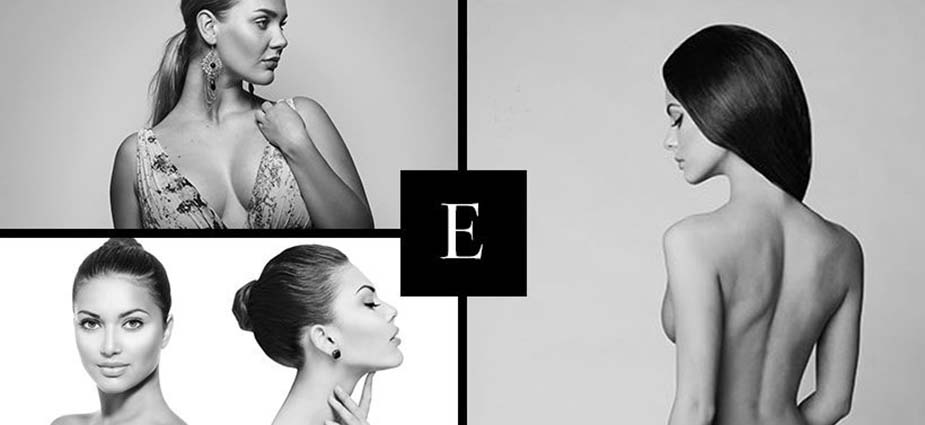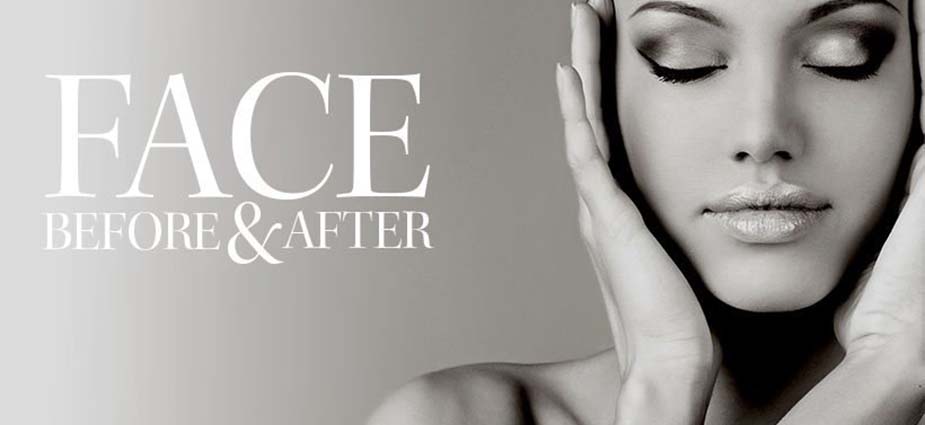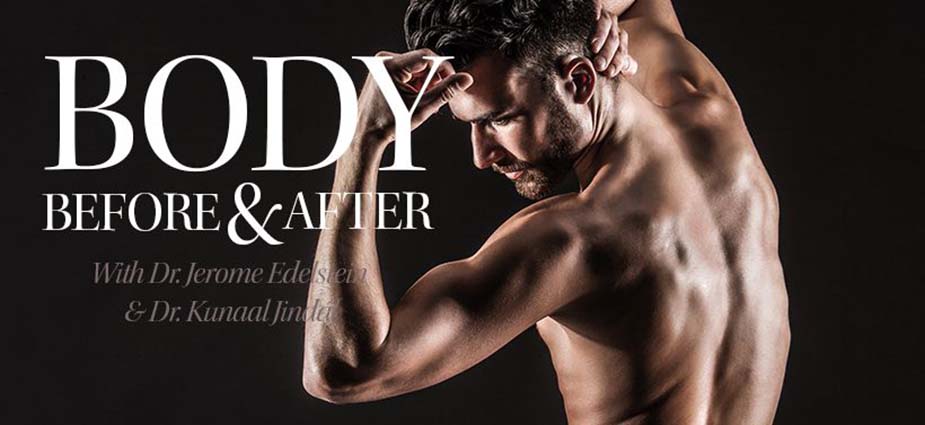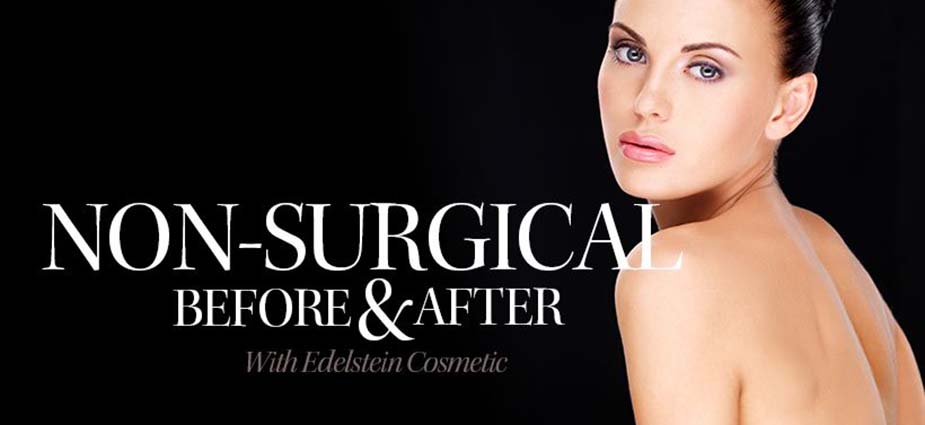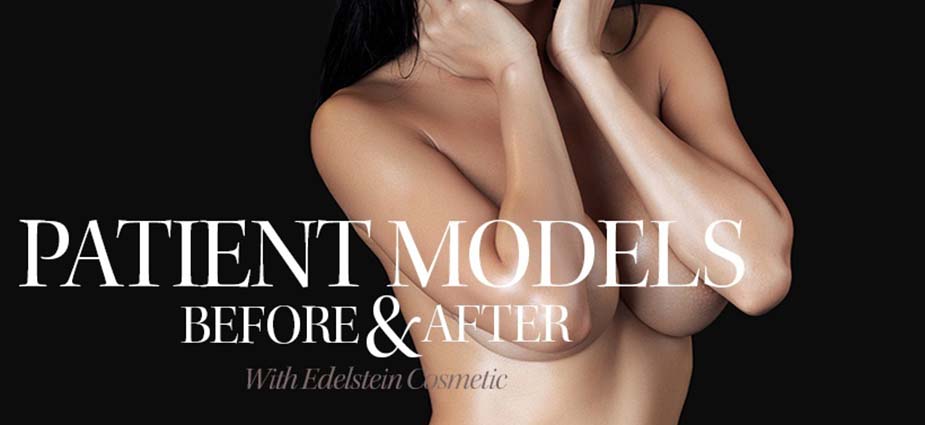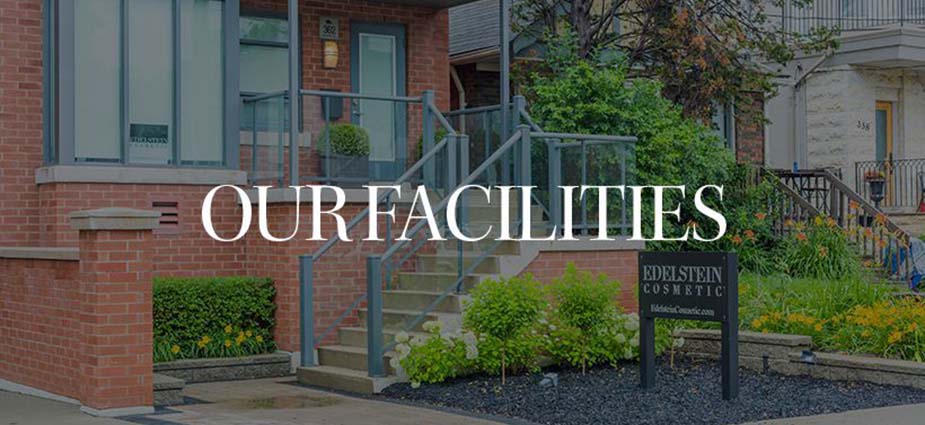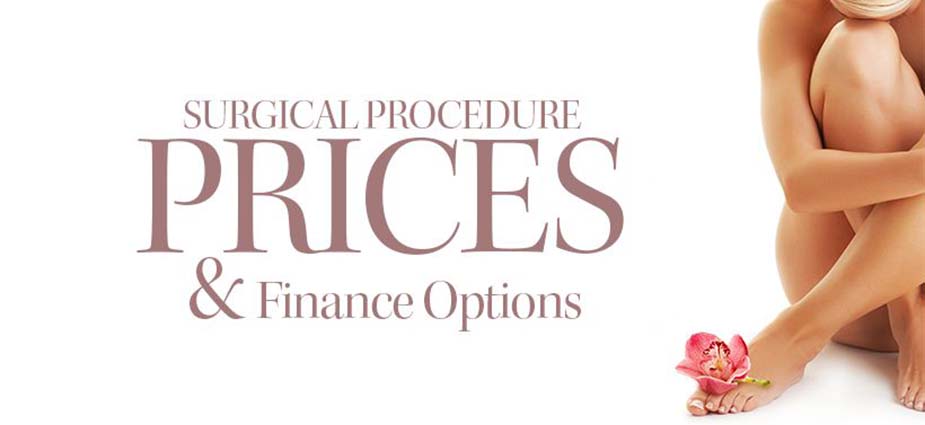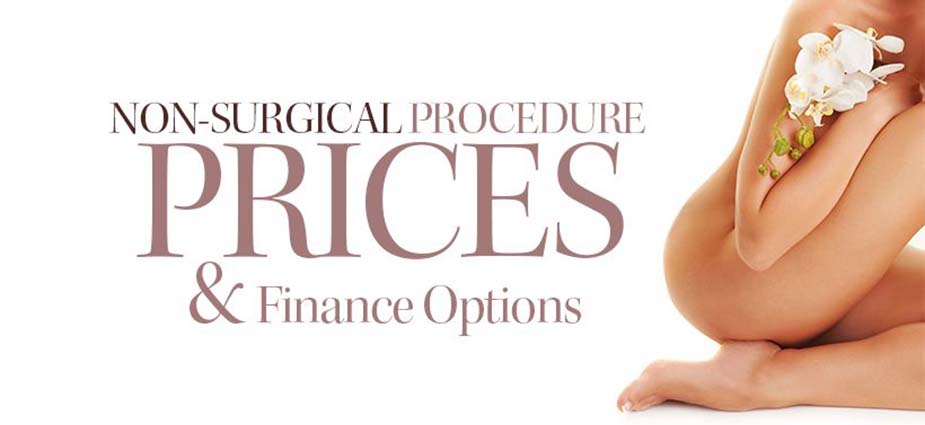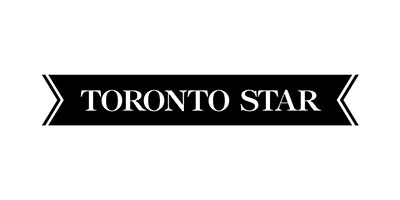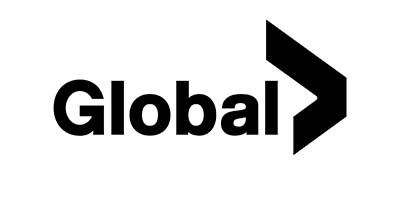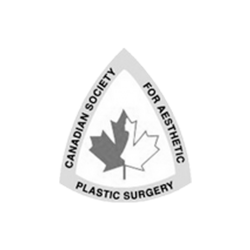Why is Asian Acne Different?Acne is the most common of all skin conditions and is the leading cause for patients to seek treatment globally. Despite being universal, the problem affects some people differently than others. Studies into acne development and treatment have examined how the condition manifests in Asian patients in an effort to provide this demographic with the best possible skin therapy options. Research results have shown that, when compared alongside one another, Asian and other patients present different forms of acne and must be treated accordingly.
Asian acne patients are less prone to developing nodulocystic blemishes (a condition characterized by inflamed cysts), but are more likely to experience post-inflammatory hyperpigmentation symptoms such as inflamed skin or long-term, pathological acne. Acne scarring is common in chronic sufferers belonging to the 25 to 44 age group. Visible skin damage typically develops in correlation to acne severity, duration and the length of time an individual is affected before seeking treatment. Some 95% of patients will develop minor acne scarring while 22% will experience severe scarring. The type of scars measured in studies includes rolling and boxcar scars alongside the more severe ice pick scars associated with tissue loss.HOW COMMON IS ACNE IN ASIAN PATIENTS?Considering that a recent study found that 49% of a South Asian-American sample group has visited a skin care medical professional for acne treatment, it shouldn’t be surprising that so many doctors are concerned with finding the best treatment methods for Asian acne sufferers. Data from 74,589 Chinese, Indian and Malaysian patients attending a Singapore clinic for skin treatment found that an acne diagnosis was the second most common disorder recorded by administering physicians, affecting 10.9% of the adult patients. Acne was also found to be the eighth most common diagnosis (3.1%) given to paediatric visitors (Goh et al.).
The first study ever intended to document the characteristics of acne in Asians aged 15-25 was conducted in Hong Kong in 2002. In a randomized sample group of 522 patients, acne was self-reported by 91.3% of people. 52.2% were diagnosed with active acne during the interview. The study found that Asian patients between 15 and 20 demonstrated more prevalent acne (55.8%) while those between 21 and 25 were less likely to present the condition (43.5%). Acne scarring and acne-related hyperpigmentation had developed in 52.6% of the group and was more common in female (57%) than male patients (48%).
In the Philippines, the majority of the population falls between III and V on the Fitzpatrick Scale (III represents white/olive skin tone while V refers to a dark brown pigmentation). A 2002 survey (Roa et al.) that recorded results provided by 114 Filipino dermatologists found that 44% of the physicians were assisting more than 50% of acne patients each day at their practices. The high rate of acne diagnoses reported by these dermatologists correlates with the fact that between 2004 and 2007 the number one skin-related diagnosis provided to a group of 32,313 new patients at the Research Institute for Topical Medicine was acne.
ASIAN ACNE AND ACNE SCARRING TREATMENT
In general, we have found that chemical peels are the most effective form of acne treatment for Asian patients. Studies have found that a peel formulated with glycolic acid (between 35-70% concentration) is able to reduce both non-inflammatory and inflammatory blemishes. Glycolic acid safely provides complementary scar reduction. These results refer to Asian patients with darker skin types. However, other chemical peel types, including The Perfect Peel, have been able to achieve optimal results as well. One of the most troubling risks of acne treatments for Asian skin is undesirable pigmentation changes, and we have found that chemical peels do not negatviely affect skin colour in any way.
Jessner’s solution is also capable of improving acne scars, but has been reported as uncomfortable by some patients. As a result, we have found that the Dermaroller is the preferred treatment for acne scarring if chemical peels do not address this concern effectively.
Call (416) 256-5614 for your customized Asian acne and Asian acne scar treatment.



